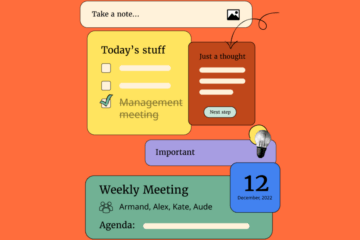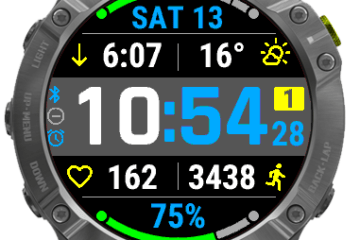 Quick! Open your Android device, go to the App Drawer, and count the number of apps you no longer use that are still installed. Now go back through that list of apps you no longer use and find out which ones are no longer maintained or which suffer from long-standing malware vulnerabilities.Done?
Quick! Open your Android device, go to the App Drawer, and count the number of apps you no longer use that are still installed. Now go back through that list of apps you no longer use and find out which ones are no longer maintained or which suffer from long-standing malware vulnerabilities.Done?
Didn’t think so.
You may have forgotten that you installed a particular app from a third-party source—and yet, there it sits in your app drawer, waiting for you to use it. Was it sitting in the background, all this time, collecting data and sending it to a nefarious destination? According to Cheetah Mobile, malware accounts for up to 1% of all applications installed every day. That means there’s a 1% chance that your device has been compromised by malware.
One percent isn’t much, but it’s not zero.
All of a sudden, keeping track of your Android apps from a security perspective is no longer such an easy task. But this challenge does come with a purpose to illustrate a single point: Uninstall unused apps on your device. It’s simple and elegant, yet the advice so often falls on deaf ears.
SEE: Cybersecurity ebook: The ransomware battle (Tech Pro Research)
Contents
It’s so easy to forget them
According to Google 25% of installed apps are either never used or used immediately and then forgotten. Also, the average Android app loses 77% of daily active users within the first three days of an app being installed and 90% within the first 30 days. After that magic 30 days, chances are you will have forgotten you ever installed the app.
And the thing is, we are creatures of habit…even with our mobile devices. We use the apps we use and beyond that…everything else is easily forgotten.
This is especially true of apps like home screen launchers. Most often this type of app is installed without an associated icon in the App Drawer; because of this, it’s very easy to forget you ever installed the app—out of sight, out of mind. In fact, the only time you are ever reminded of that home screen launcher you installed and used for a day is when the app is updated and you have to reset your default. Otherwise, you’ll continue using your Android device as if the only apps installed are the ones you use daily, and we all know that’s not the case.
SEE: Experts share their cybersecurity horror stories (TechRepublic)
How apps can cause problems
Some mobile apps can transmit or use data whether you open them or not. If you open Settings | Apps, locate an app you haven’t used in a while, and then scroll down to glance at the Data Usage and Memory stats, you might be surprised at what you find.
Take, for example, the Podbean app I installed in September 2016. There’s nothing wrong with this app; in fact, for podcasters, I highly recommend this piece of software. But after initial installation, I never used the app (only because I haven’t managed to get around to doing so). According to the stats, however, 87.81 KB of data has been used (well after installation) and 19 MB of memory was used within the last three hours of me checking (Figure A).
Figure A
Podbean installed on a OnePlus 3 indicates memory and data have been used, even though the app has not.
Imagine if that app was designed with a malicious intention or if, over time, a vulnerability was discovered that rendered the unused app malicious? Is that a chance you want to take? No.
SEE: Information security incident reporting policy (Tech Pro Research)
What can you do?
Outside of going through the app drawer to locate those apps you no longer use, there is something you can do. Considering the built-in app manager gives you no indication as to when an app was last used, you have to turn to a third party. One app that I find handles this task like a champ is DemoMan. Once you’ve installed this app (and given it the necessary usage access permissions), you can scroll through the listing of installed apps and see the last time the app was loaded.
One caveat: DemoMan depends upon some APIs that were introduced in version 5.0. If you have apps on your device that haven’t been launched since upgrading to 6.0, their usage statistics will not be available. The good news is that, if you see an app described as “never launched since Lollipop update,” it’s most likely safe to delete (Figure B).
Figure B

An initial listing of apps upon installing DemoMan.
You must use this app with caution. No matter how long it has been since you launched an app, do not delete anything that could cause system issues. Fortunately, DemoMan does not list system apps, but deleting YouTube, Docs, Messaging, etc. could leave you with a device that doesn’t function according to your needs.
That said, go through the listing of apps and delete anything you no longer use. Problem solved.
SEE: Gallery: Android security software: Unique features of five popular apps (TechRepublic)
Reduce potential security issues
Android is an amazing platform that enjoys a massive user base. If used wisely, the Google-driven operating system will serve you well for a very long time. If used poorly, that platform can cause significant issues such as data theft.
Leaving unused apps on your device is not wise, and I highly recommend you routinely comb through the installed apps to help limit any issues with your mobile platform.
[Source:-Tech Republic]




